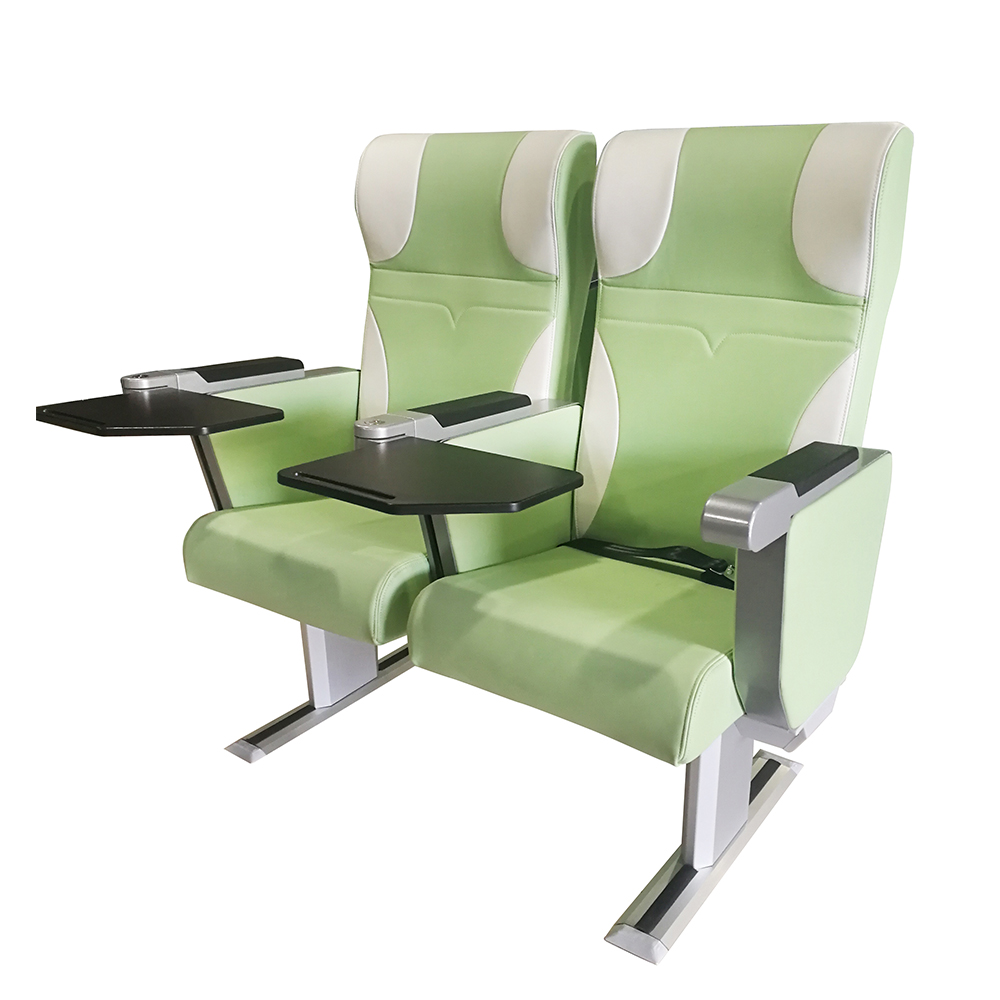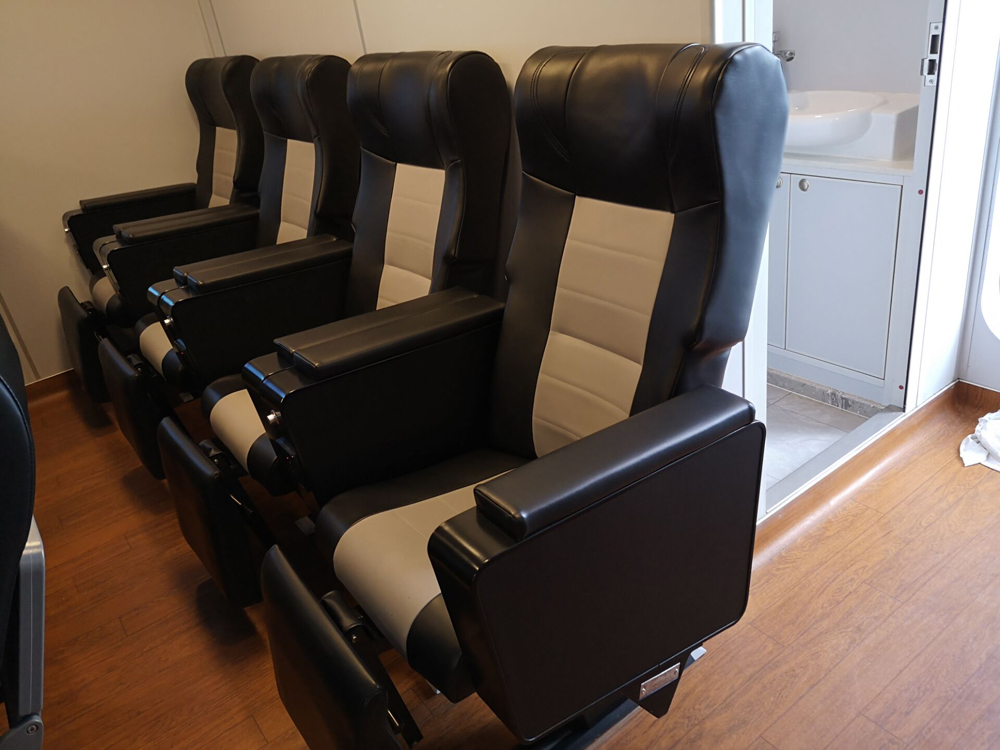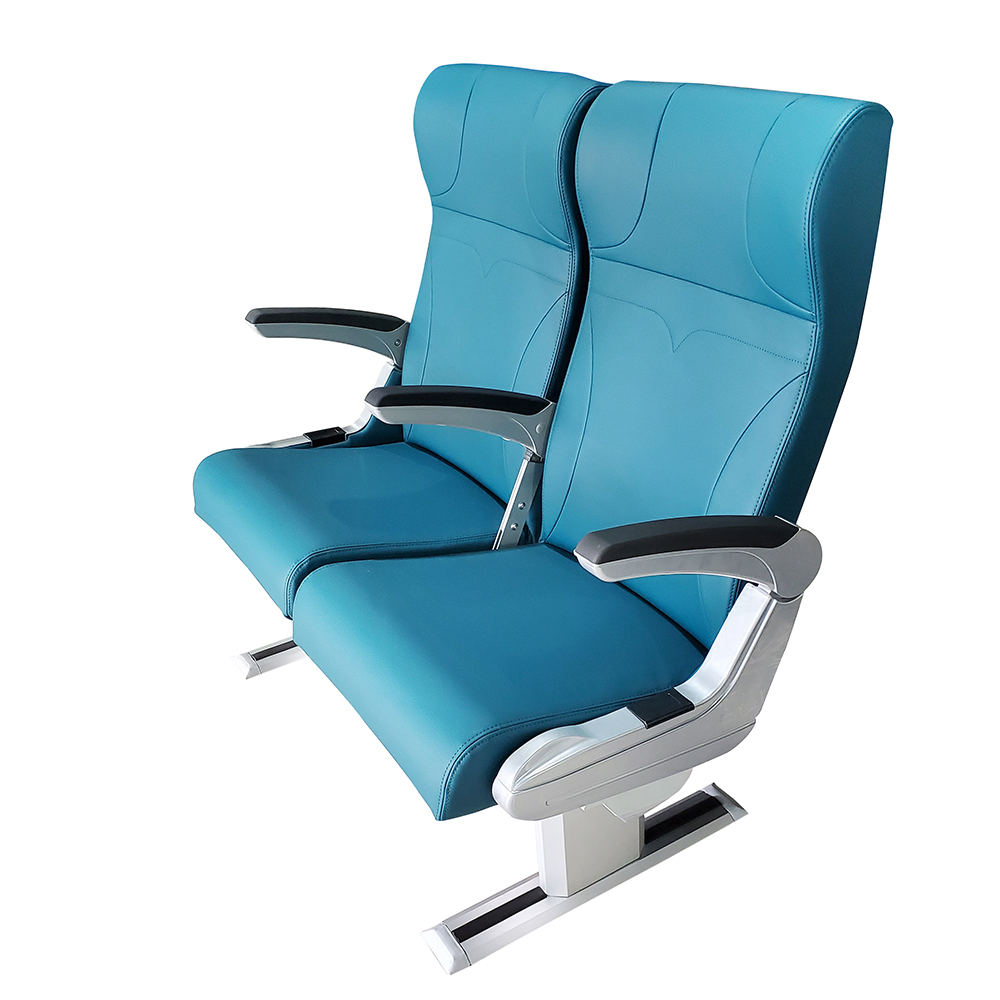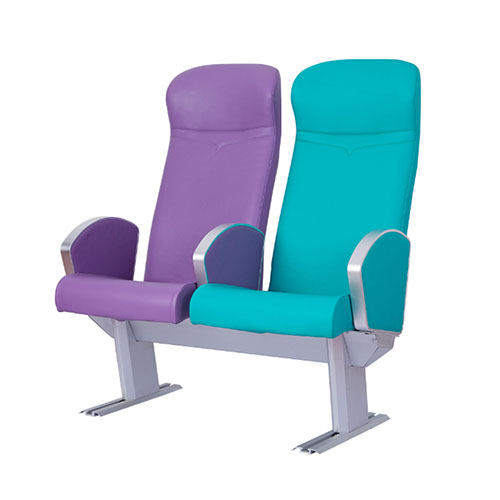Innovative Designs in Marine Passenger Seats
Comfort, safety, and aesthetic appeal are currently the most important considerations in marine passenger seat design. From luxurious cruise liners to efficient ferries, innovative seat designs and cushioning materials are transforming the onboard experience. This article delves into the latest trends and advancements in marine passenger seats, highlighting how innovative designs and cushioning materials are revolutionizing travel on the high seas.

The Basics of Designing Marine Passenger Seats
| Aspect | Description |
| Ergonomics | Marine passenger seats designed for comfort and support during extended journeys, often with lumbar support and adjustable features. |
| Aim to reduce passenger fatigue and discomfort. | |
| Materials | Utilize marine-grade materials resistant to saltwater, UV damage, and wear. |
| Upholstery fabrics and cushioning materials chosen for durability and longevity. | |
| Configuration | Seat layout optimized for space efficiency, often with foldable or stackable designs. |
| Flexibility in seating arrangements to accommodate varying passenger capacities. | |
| Safety Features | Incorporate safety elements such as fire-retardant materials and sturdy construction. |
| Ensure compliance with international safety standards for maritime travel. | |
| Aesthetic Appeal | Consider design elements for visual appeal and integration with vessel aesthetics. |
| Offer customizable options for colors and finishes to enhance onboard ambiance. | |
| Customization | Provide options for adjustable features such as headrests, armrests, and seat recline. |
| Modular designs allow for versatile configurations tailored to vessel requirements. | |
| Technology Integration | Incorporate technology features like USB charging ports and entertainment systems. |
| Integrate lighting options for passenger convenience and comfort. | |
| Sustainability | Embrace eco-friendly materials and practices to reduce environmental impact. |
| Prioritize durability and longevity to minimize waste and resource consumption. |

Latest Advancements in Designing Marine Passenger Seats
1. Ergonomic Designs
Modern marine passenger chairs prioritize ergonomic design concepts to promote comfort on long excursions. These seats are designed to give proper lumbar support, encourage good posture, and reduce tiredness. Adjustable headrests, armrests, and seat recline provide passengers with tailored comfort options that appeal to a wide range of preferences.
2. Enhanced Durability
Marine areas present particular challenges, such as saltwater exposure, UV radiation, and adverse weather conditions. Innovative seat designs combine materials that are resistant to corrosion, fading, and wear. High-quality marine-grade upholstery fabrics, reinforced frames, and corrosion-resistant components increase the longevity of passenger seats, lowering maintenance expenses and ensuring long-term reliability.
3. Lightweight Materials
Advances in lightweight materials help to enhance fuel efficiency and minimize carbon emissions in marine transportation. Innovative seat designs make use of lightweight yet strong materials like aluminum alloys and composite polymers, achieving a balance between durability and weight savings. Lightweight seats also allow for easier installation and reconfiguration, giving vessel operators more operational flexibility.
4. Space-Saving Solutions
Maximizing space is essential in marine passenger seating design, especially on vessels where real estate is limited. Foldable and stackable seat designs optimize cabin space, allowing for flexible seating arrangements and efficient use of onboard areas. Clever mechanisms enable seats to be easily stowed away when not in use, creating versatile and adaptable passenger environments.
5. Customization Options
Passenger preferences vary widely, necessitating customizable seating solutions to accommodate diverse needs. Innovative seat designs offer customization options in terms of seat width, cushion firmness, upholstery color, and configuration layouts. Modular seating arrangements allow for flexible seating configurations, catering to varying passenger capacities and spatial constraints.

6. Shock-Mitigating Technology
In high-speed vessels and offshore support vessels, shock-absorbing seating arrangements are critical for passenger safety and comfort in rough sea conditions. Advanced shock-absorbing materials and suspension systems are included into maritime passenger seats to reduce the impact of wave-induced vibrations and vessel motion. These revolutionary solutions lower the danger of passenger injuries while also improving overall ride comfort.
7. Fire Retardant Materials
Safety is paramount in marine transportation, particularly concerning fire prevention and mitigation measures. Innovative seat designs incorporate fire-retardant materials and fabrics compliant with international safety standards. Fire-resistant foams, upholstery fabrics treated with flame-retardant coatings, and self-extinguishing cushioning materials enhance passenger safety and ensure regulatory compliance.
8. Sustainable Materials
With growing environmental awareness, there is a shift towards sustainable materials in marine passenger seat construction. Innovative seating solutions utilize eco-friendly materials such as recycled plastics, bio-based foams, and low-impact upholstery fabrics. Sustainable seat designs aim to minimize carbon footprint, reduce waste generation, and promote environmental stewardship in the maritime sector.
9. Integrated Amenities
To enhance the passenger experience, modern marine passenger seats are equipped with integrated amenities and connectivity features. USB charging ports, adjustable reading lights, foldable tray tables, and personal entertainment systems are seamlessly integrated into seat designs, offering passengers convenience and entertainment options during their voyage.
10. Aesthetic Appeal
Aesthetic considerations are important in the design of modern maritime passenger seats, in addition to comfort and utility. Sleek lines, contemporary finishes, and customized color options result in visually appealing seating solutions that improve the overall mood of aboard spaces. Innovative seat designs take the passenger experience to the next level by combining appearance and substance.

Conclusion
Innovative seat designs and cushioning materials are transforming the passenger experience in maritime travel. Modern marine passenger seats prioritize passenger well-being and happiness, with features ranging from ergonomic comfort to improved safety. By adding lightweight materials, adjustable designs, and sustainable solutions, vessel operators may improve operating efficiency while also offering passengers with a comfortable and enjoyable sea experience.


